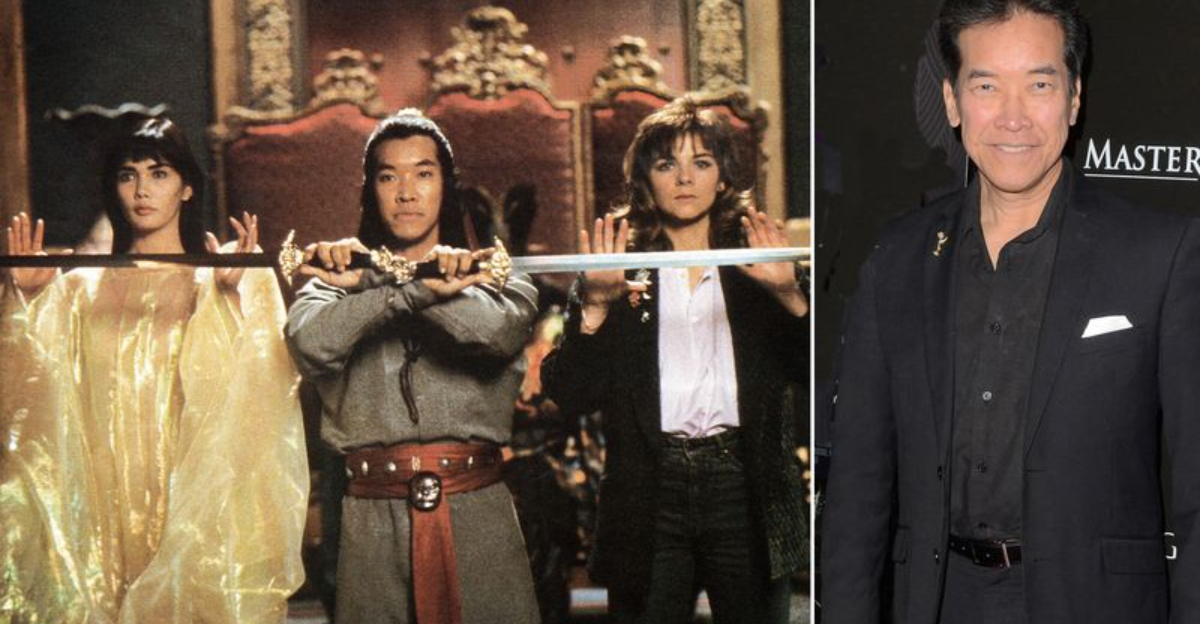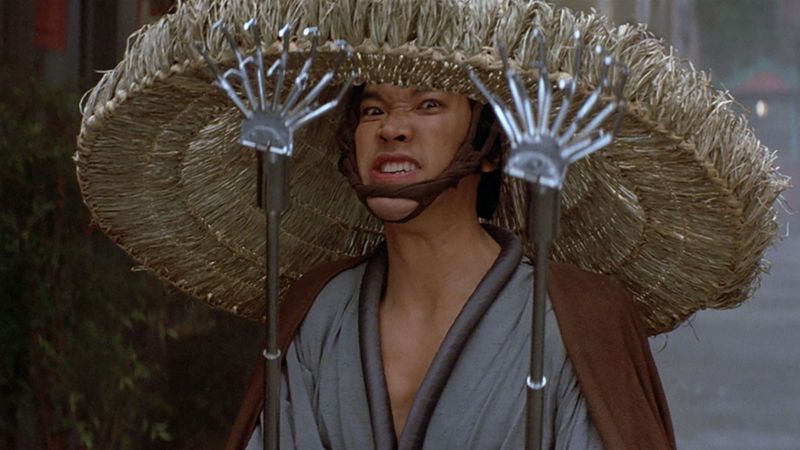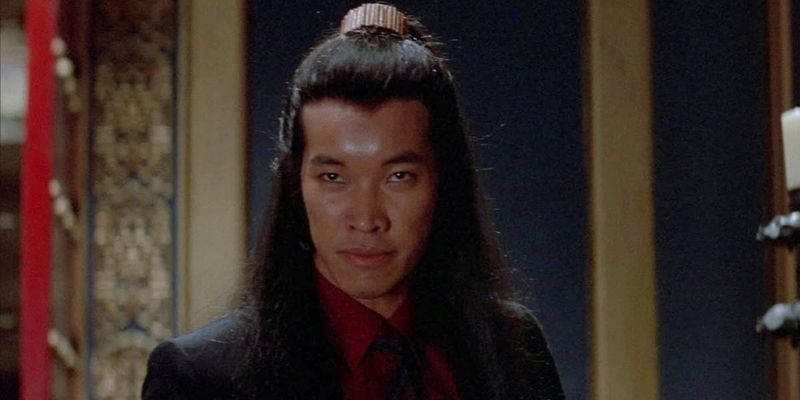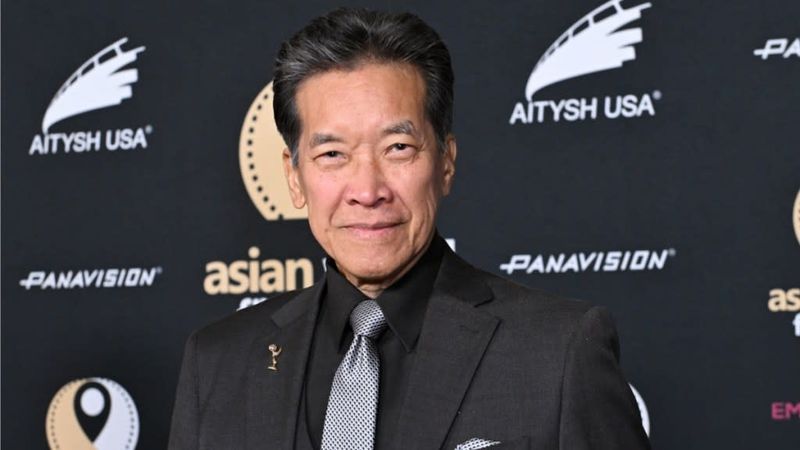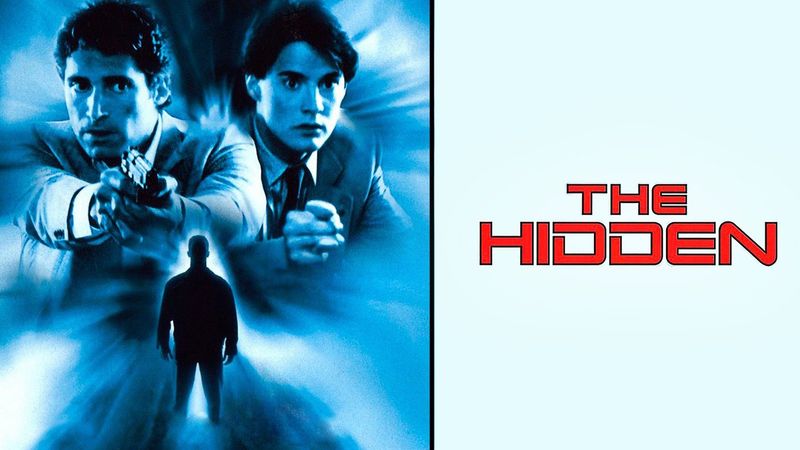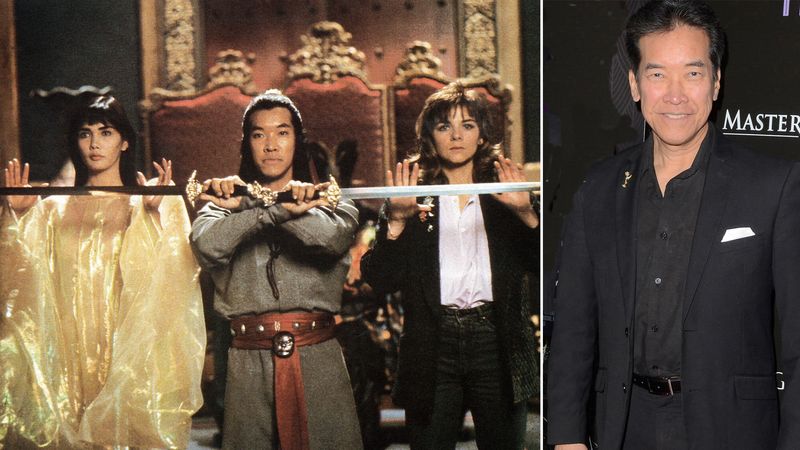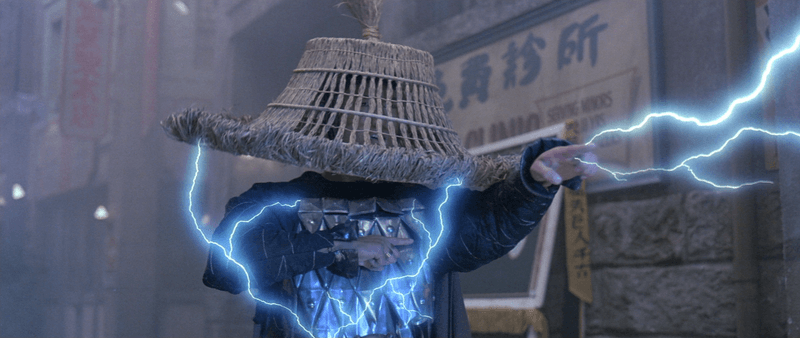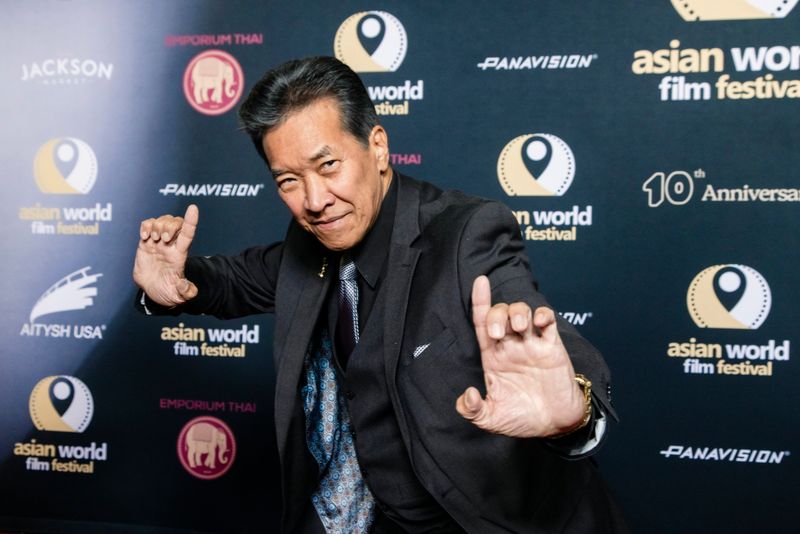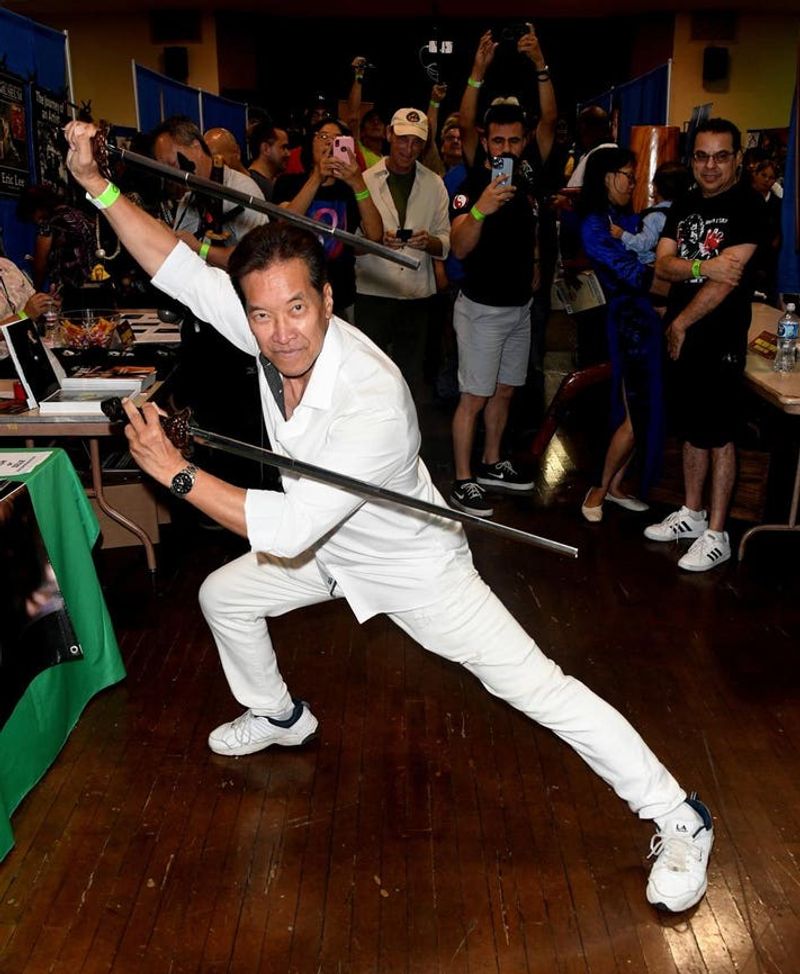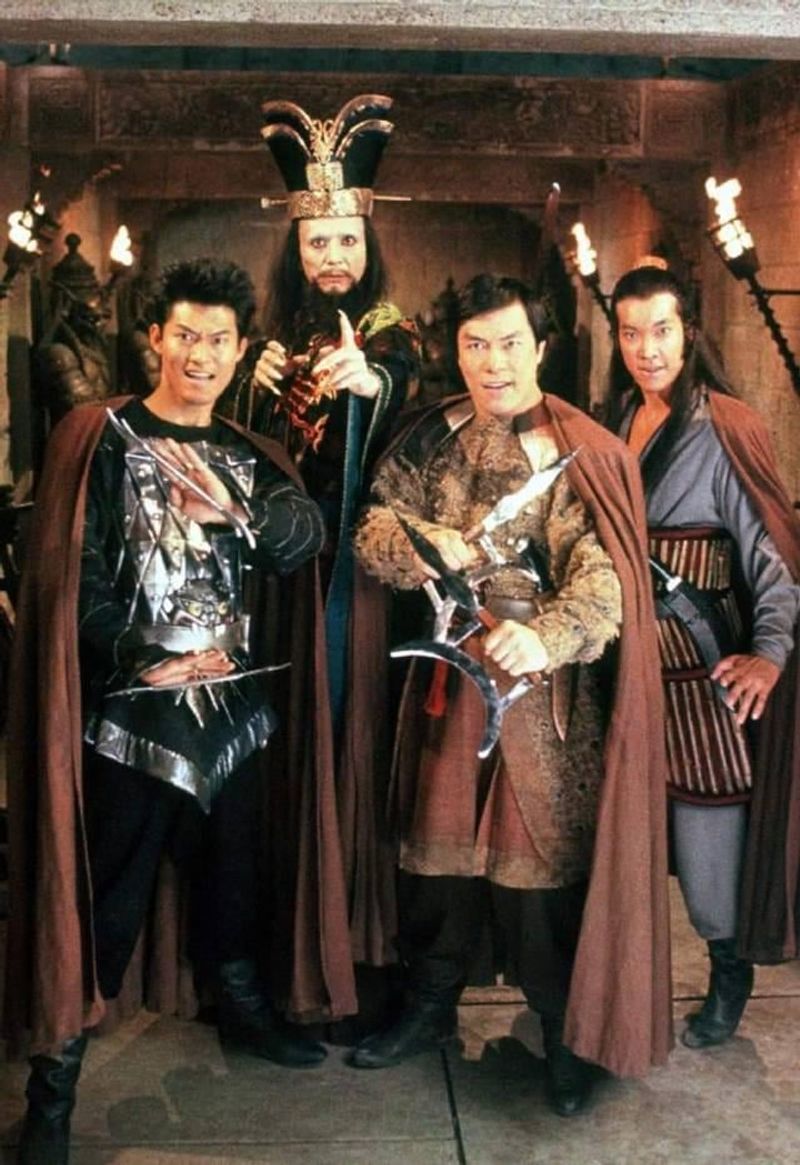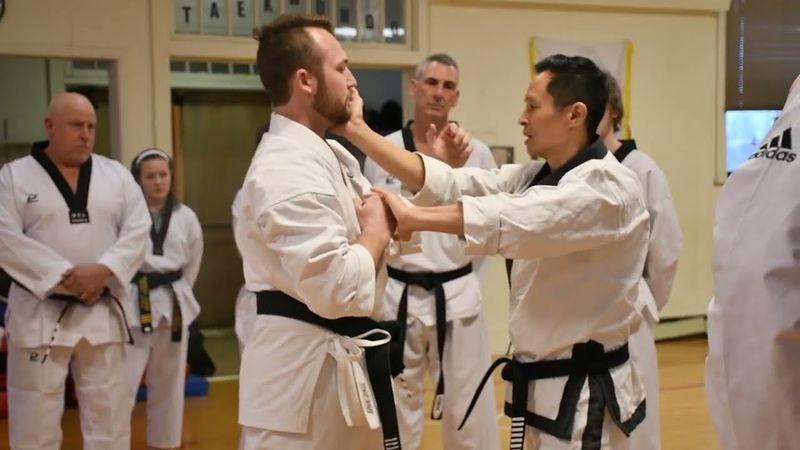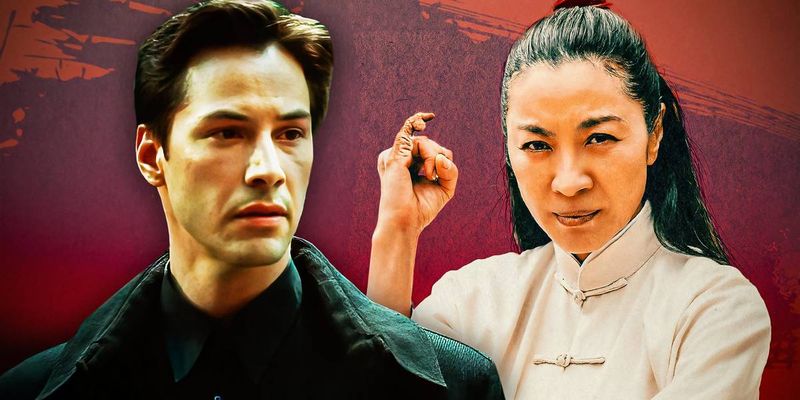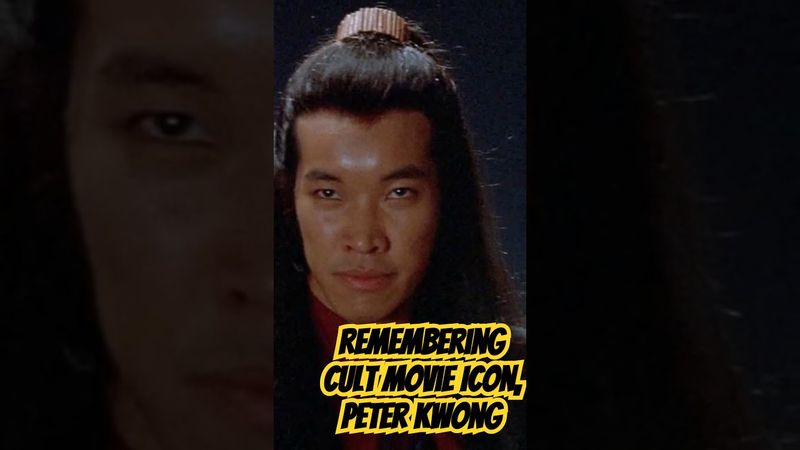The world of cult cinema lost a true icon when Peter Kwong passed away. As Thunder in John Carpenter’s Big Trouble in Little China, Kwong brought supernatural menace and martial arts mastery to one of the most memorable villain trios in 1980s film. His legacy extends far beyond this iconic role, spanning decades of stunt work, acting, and cultural impact that helped shape action cinema.
1. Master of the Three Storms
Thunder’s imposing presence made Peter Kwong instantly unforgettable to fans of Big Trouble in Little China. Alongside his fellow Storms—Rain and Lightning—Kwong created a villain whose supernatural abilities and distinctive look became cult cinema gold.
His character’s explosive demise (literally inflating and bursting) remains one of the film’s most quoted moments. Director John Carpenter specifically sought performers with authentic martial arts backgrounds for these roles.
Kwong’s physicality and intensity established Thunder as the muscle of the trio, making the Three Storms among the most visually striking henchmen in 1980s action cinema.
2. Authentic Martial Arts Credentials
Unlike many actors who merely pretend, Kwong brought legitimate kung fu training to his roles. His background included extensive study in traditional Chinese martial arts before he ever stepped in front of a camera.
This authentic training allowed him to perform complex fight choreography with fluidity and power. Fellow actors often remarked that working with Kwong elevated their own performances because his movements were so precise and controlled.
Directors valued his ability to make fight sequences look dangerous while maintaining safety on set—a rare combination that made him a sought-after performer in action-heavy productions.
3. From Hong Kong to Hollywood
Born in Taiwan, Kwong’s journey to Hollywood began with roles in Hong Kong cinema. His early career included work alongside action legends like Jackie Chan in The Protector (1985), where his fighting skills first gained international attention.
The transition between film industries wasn’t easy. Kwong faced the typical challenges of typecasting and limited opportunities for Asian actors in American productions of the 1980s.
Nevertheless, his persistence paid off as he gradually built a reputation as both a capable actor and skilled martial artist who could bring authenticity to action sequences, helping bridge Eastern and Western film traditions.
4. Behind-the-Scenes Action Expert
Few viewers realized that Kwong’s contributions extended far beyond his on-screen appearances. As a stunt performer and fight choreographer, he helped craft memorable action sequences in films like The Golden Child and Lethal Weapon 4.
His expertise in staging convincing combat earned him respect throughout the industry. Kwong often worked uncredited, focusing on making the stars look good rather than seeking recognition for himself.
This dedication to the craft made him a valuable team player on set, with directors frequently requesting him specifically for projects requiring authentic martial arts elements.
5. Venture into Sci-Fi Horror
“The Hidden” (1987) showcased Kwong’s versatility beyond pure martial arts roles. In this cult sci-fi thriller, he portrayed Detective Masterson alongside Kyle MacLachlan in a tense battle against body-snatching aliens.
Though not primarily an action part, Kwong brought intensity to the character that enhanced the film’s paranoid atmosphere. His performance demonstrated his range beyond physical roles, showing he could deliver compelling dramatic work when given the opportunity.
The film has since gained a dedicated following, with horror fans appreciating Kwong’s contribution to this unique blend of sci-fi, action, and body horror.
6. Television Career Highlights
Throughout the 1980s and 90s, Kwong became a familiar face on television screens across America. His guest appearances on hit shows like Miami Vice, MacGyver, and Walker, Texas Ranger brought his martial arts expertise to primetime audiences.
Though often cast as villains or mysterious martial artists, Kwong consistently delivered performances that transcended stereotypes. He managed to bring nuance to roles that could have been one-dimensional in less capable hands.
These television appearances helped maintain his visibility between film projects and introduced his talents to viewers who might have missed his big-screen work.
7. Connection to Bruce Lee’s Legacy
Working alongside Brandon Lee in “The Crow: Stairway to Heaven” television series represented a meaningful connection to martial arts royalty for Kwong. As both men carried forward Asian representation in action entertainment, their collaboration held special significance.
Brandon, son of legendary Bruce Lee, shared Kwong’s commitment to authentic martial arts on screen. Their scenes together captured a passing of the torch between generations of action performers.
Tragically, this project came after Brandon’s death in 1993, with the TV series continuing the franchise he helped create—a bittersweet reminder of legacy that now applies to Kwong himself.
8. Voice Acting Ventures
Many fans don’t realize Kwong’s talents extended into voice acting for video games and animation. His work on titles like “Kung Fu Chaos” (2003) showcased his ability to bring characters to life using only his voice.
This career expansion demonstrated his adaptability as entertainment evolved. Voice acting allowed him to portray characters beyond the physical limitations that sometimes restricted his on-screen roles.
Gaming enthusiasts particularly appreciated his contributions, as his authentic martial arts background lent credibility to the characters he voiced—creating a perfect marriage between his physical expertise and vocal performance.
9. Part of Martial Arts’ Golden Era
Kwong’s career coincided with the explosion of martial arts cinema in America during the 1980s. This golden age saw Eastern fighting styles captivate Western audiences through stars like Jackie Chan, Chuck Norris, and Jean-Claude Van Damme.
As Hollywood incorporated more kung fu elements, Kwong’s authentic skills became increasingly valuable. He represented a bridge between traditional martial arts and commercial entertainment, helping maintain authenticity in an often exaggerated genre.
His work during this pivotal period contributed to martial arts becoming a permanent fixture in American action films—a cultural exchange that continues to influence cinema today.
10. Convention Circuit Favorite
Long after Big Trouble in Little China’s release, Kwong remained a beloved figure at fan conventions worldwide. His warm interactions with admirers stood in stark contrast to his intimidating on-screen persona as Thunder.
Convention attendees frequently cited his generosity with time and willingness to share behind-the-scenes stories. Unlike some celebrities who seemed uncomfortable with fan attention, Kwong embraced his cult status and the community that celebrated the film.
These appearances helped maintain interest in his work and introduced him to new generations of fans discovering Carpenter’s classic for the first time.
11. Thunder’s Lost Backstory
Hardcore fans might not know that Thunder originally had a much richer character arc. Early script drafts included extended dialogue and backstory for the Three Storms that explained their supernatural abilities and connection to David Lo Pan.
Budget constraints and pacing concerns led to these scenes being cut. Despite reduced screen time, Kwong managed to create an unforgettable presence through physicality and menace alone.
Years later, some of this lost material appeared in comic book adaptations and novelizations, revealing the deeper character Kwong had prepared to play—a testament to how much development went into a role with relatively little dialogue.
12. Teaching the Next Generation
Following his active performance years, Kwong dedicated himself to mentoring young martial artists and performers. His training sessions combined traditional kung fu philosophy with practical advice about the entertainment industry.
Students described him as demanding but patient, emphasizing proper technique over flashy moves. This teaching philosophy reflected his own career approach—valuing authenticity over mere spectacle.
Many of his students went on to work in film and television, carrying forward his legacy of bringing genuine martial arts expertise to entertainment, ensuring his influence extends beyond his own performances.
13. Influence on Modern Action Cinema
The visual style and fight choreography pioneered in films like Big Trouble in Little China created ripples that continue to influence today’s biggest blockbusters. Movies from The Matrix to Everything Everywhere All at Once show clear inspiration from the era when Kwong was active.
Modern directors like the Wachowskis and Taika Waititi have specifically cited Carpenter’s film as influential. The blend of mysticism, martial arts, and humor that Kwong helped establish has become a template for contemporary action-fantasy.
This enduring influence ensures his work remains relevant to new audiences discovering these classics decades after their initial release.
14. The Man Behind the Villain
Despite portraying intimidating characters, those who worked with Kwong consistently described him as humble, kind, and surprisingly funny. Kurt Russell, who starred in Big Trouble in Little China, once remarked that Kwong was the most approachable of the Three Storms actors off-camera.
This contrast between his menacing screen presence and gentle personal nature made him beloved among crew members. Kwong often brought homemade food to sets and took time to learn everyone’s names, regardless of their position.
Such stories reveal the depth of character behind the performer, making his loss felt not just professionally but personally by many in the industry.
15. Cultural Legacy and Representation
Though Kwong worked in an era with limited Asian representation in Hollywood, his performances helped pave the way for greater diversity. By bringing dignity and skill to his roles, he challenged stereotypes even while working within the constraints of 1980s cinema.
Asian American actors today acknowledge performers like Kwong who maintained careers despite systemic barriers. His persistence in an industry that offered few leading roles to Asian performers demonstrated a quiet determination.
The increasing prominence of Asian actors in contemporary Hollywood owes a debt to pioneers like Kwong who maintained visibility when representation was scarce.
